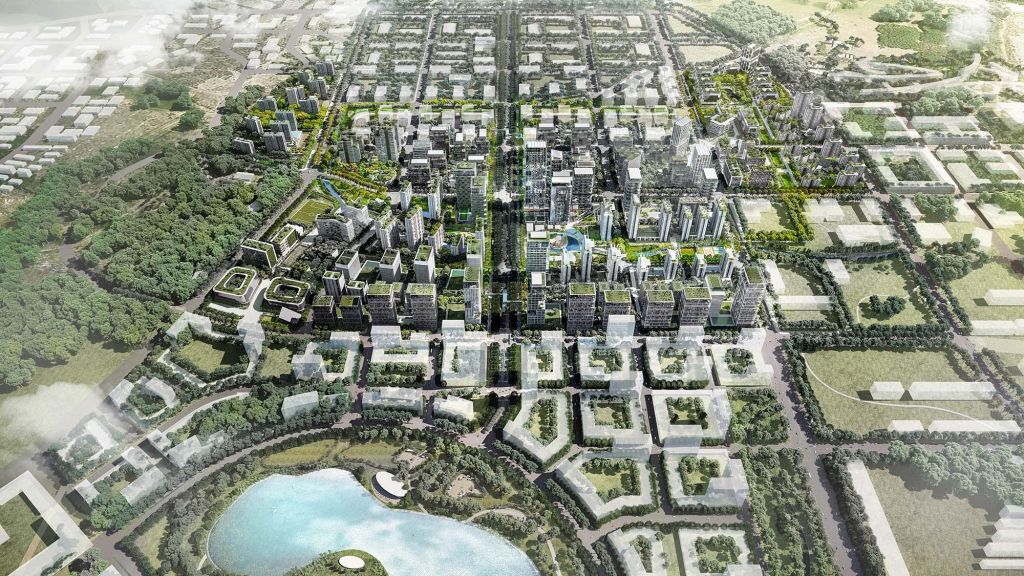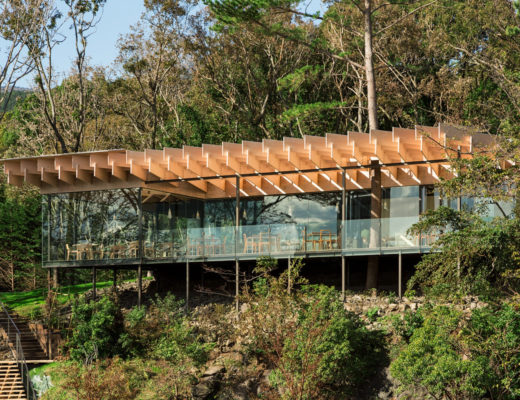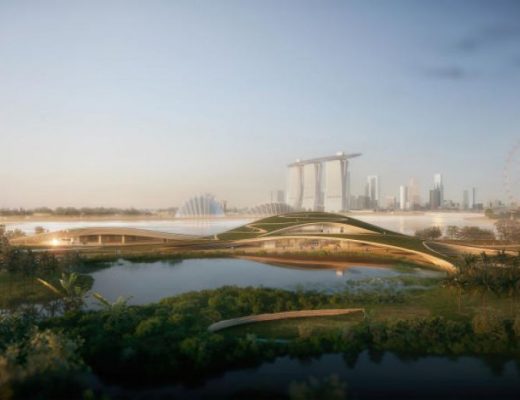A new smart and green city located north of the capital Manila is in the works in the Philippines. Named the New Clark City, it is situated on the site of a former military base and projected to house more than a million residents.
The new city aims to address growing environmental problems caused by climate change with a planning focus on resilience in a region that has been heavily impacted by natural disasters. 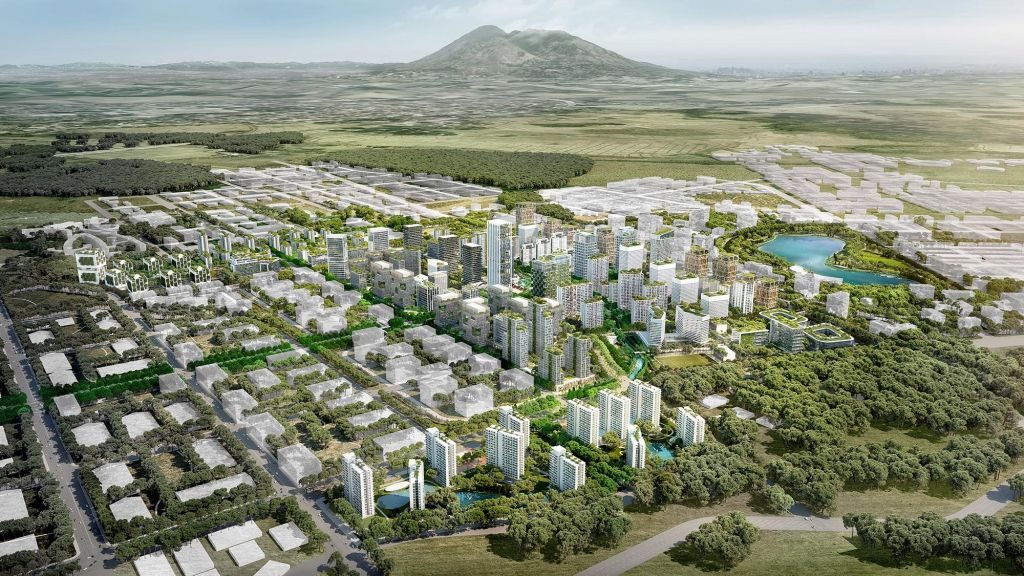
The project is being led by the Philippine Bases Conversion and Development Authority (BCDA) in partnership with a number of private developers and architecture firm Broadway Malyan was commissioned by Filinvest Land Inc. to masterplan – a 288ha district on the edge of the commercial centre and next to the city’s main central park.
The Filinvest New Clark City masterplan follows a ‘live-work-play-learn’ model with a diverse range of integrated land uses including a specialist industry-focused university campus, affordable residential districts, an innovation and industrial park, hotels and a mixed-use commercial centre with lifestyle and community uses.
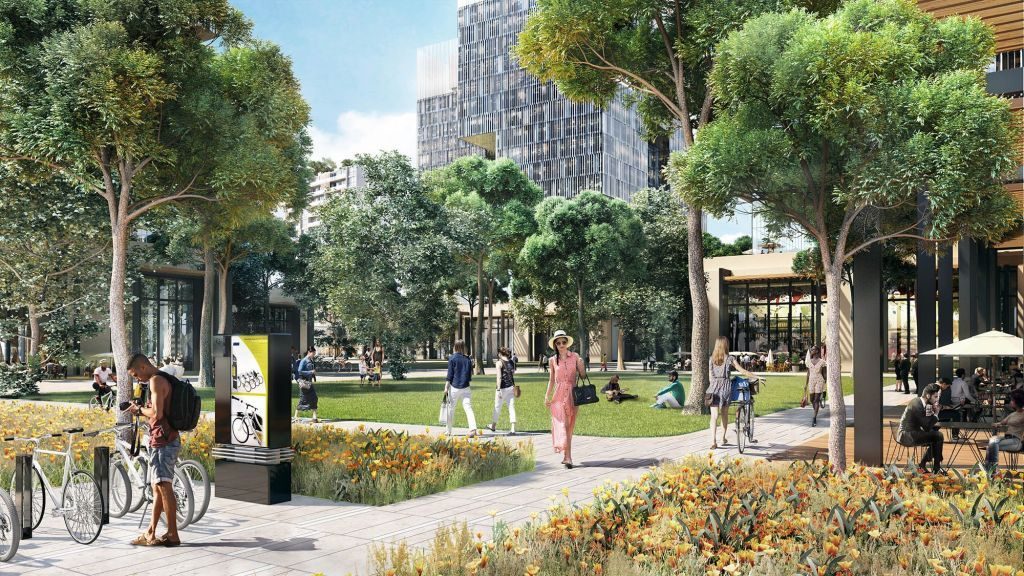 Ed Baker, director Broadway Malyan, who led the design team the practice’s Singapore studio, says the project follows a compact city model with the creation of a series of connected neighbourhoods, underpinned by an aspiration to discourage private car use.
Ed Baker, director Broadway Malyan, who led the design team the practice’s Singapore studio, says the project follows a compact city model with the creation of a series of connected neighbourhoods, underpinned by an aspiration to discourage private car use.
“A key aspiration for this project was to move towards non-motorised forms of transport,” says Baker. “This is facilitated by shaded streets designed for pedestrians and cyclists and urban blocks in the city centre that have been designed and broken down into a finer grain of pedestrian-only connectors that encourage ease of movement and permeability and encourage more street life and ground floor activities.
“The planning places particular importance on the creation of a district-wide open space and place-making strategy, creating a connected network of unique and accessible public spaces that provides ecological and recreational value for the surrounding communities.
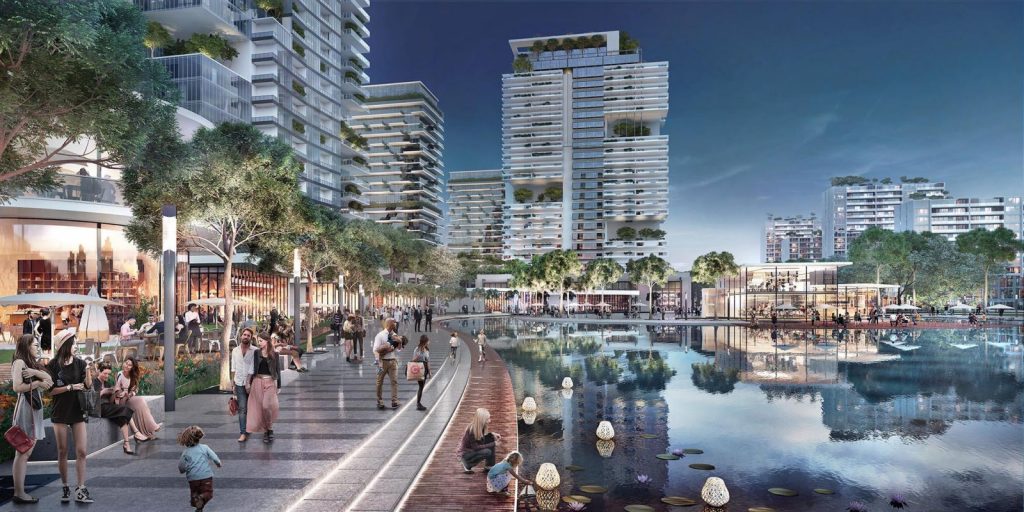 “This strategy includes the integration of the existing hydrology, topography and flora and fauna within the masterplan where possible with a key landscape feature being the river valley ‘Loop Park’ that runs through the centre of the scheme and connects the different neighbourhoods.”
“This strategy includes the integration of the existing hydrology, topography and flora and fauna within the masterplan where possible with a key landscape feature being the river valley ‘Loop Park’ that runs through the centre of the scheme and connects the different neighbourhoods.”
New Clark City, which at 9,450ha is bigger than Manhattan in New York, was first inaugurated by in 2016 and aims to become one of the world’s most environmentally-friendly cities. Its goal is to be pollution-free through a significant focus on pedestrianisation and public transport, energy-efficient buildings built predominantly from lahar, a locally-sourced material produced during volcanic eruptions and public utilities using greener energy sources such as solar power, liquefied natural gas, and waste to energy facilities.
As part of the first phase of development, the city will host the 30th South East Asian Games, scheduled for December 2019 with the New Clark City Sports Complex and accommodation for the participants, designed by Budji+Royal Architecture+Design.
The city will also be the location for the new National Government Administrative Centre as part of a programme to centralise all government agencies as well as providing a ‘back up’ in the event of a natural disaster, with government buildings moving from the capital to New Clark City during the early construction phases.
Baker says the city’s geographical location and its focus on progressive and sustainable planning principles would set a benchmark for liveability with the first Filinvest district providing a blueprint for the rest of New Clark City.
He adds: “The Filinvest New Clark City masterplan will create a vibrant ‘heart’ for New Clark City where the district and urban spaces have been designed for people, embracing the local ecology and creating something that is locally relevant and unique. With a focus on health and wellness, the masterplan provides an enhanced quality life and creates a connected and inclusive community for all.”
Recently, other Southeast Asian cities have made moves to shift the seat of government and administrative centre away from the capital cities to ease congestion. After Myanmar moved its capital away from Yangon, and Malaysian administrative shift to Putrajaya from Kuala Lumpur, the Indonesian government has also approved the move of its capital from Jakarta to East Kalimantan on Borneo. The Thai Prime Minister was also quoted as saying recently that Thailand might explore this idea in the near future to ease the congestion in its capital Bangkok.
Photos: Broadway Malyan

